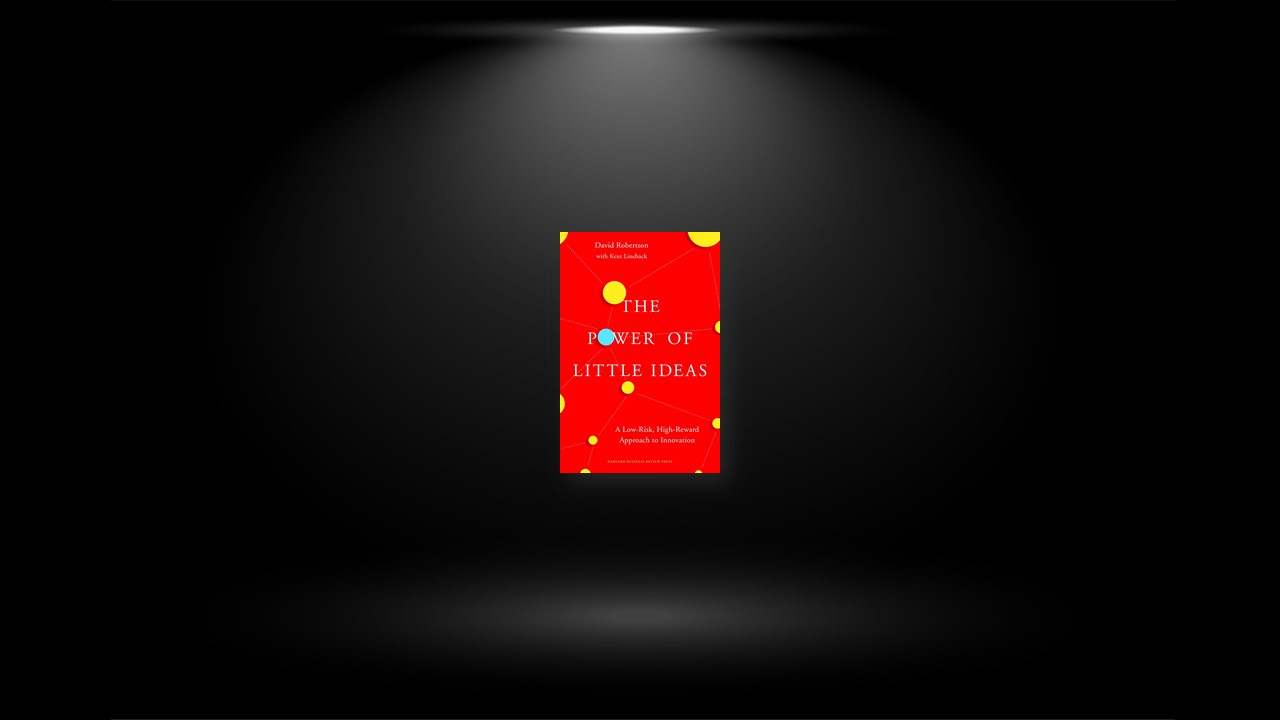The binary view of innovation—that the only alternative to incremental improvement is radical disruption—is dangerously simplistic. There is another way that is proven and uniquely different. The controlled development of complementary innovations around a central product, an approach.
The author calls the Third Way, can deliver explosive growth without the high cost and risk of radical disruption. The Third Way is not a replacement for incremental improvements or disruptive innovations; rather, it’s another option that every business leader should understand and consider when faced with an innovation challenge.
Both LEGO and Apple Computer achieved dramatic company turnarounds without disrupting their core product. Both had tried and failed to enter new markets with new types of products. To restart growth, both developed or acquired a set of low-risk, complementary innovations around their core products—the brick and the PC—that greatly enhanced the value of those products.
Between 1997 and 2007, Apple Computer succeeded because it was a master at developing a family of complementary innovations that helped customers get more value from its core product—the PC. While Apple later introduced such revolutionary products as the iPhone and the iPad, those products were successful in part because they built on the foundation of complementary innovations that Apple Computer developed between 1997 and 2007. For Apple and LEGO, the Third Way was the only way for each company to survive and thrive in tough, competitive markets.
The Four Decisions and Why They’re Difficult
The four decisions make up the Third Way: (1) What is your key product? (2) What is your promise for your key product? (3) How will you innovate around your key product? (4) How will you deliver your innovations?
The goal of these four decisions is to bring to market a family of innovations that will deliver on the promise. Doing so will challenge the Third Way team in new and unfamiliar ways, and will require changes in the innovation process, team composition, and leadership roles for the team.
In particular, a Third Way team requires a broader role for the project leader. The project leader must act as a solution integrator, and have the responsibility and authority needed to lead a diverse team of internal and external personnel through the four decisions.
Decision 1: What Is Your Key Product?
The Third Way begins, first, by clearly identifying the key product around which you will create a family of complementary innovations and second, by identifying the “beach head” customer segment—the group at whom you will target the key product.
A key product should be stable, strategically important for your company, and capable of generating sizeable revenues. It should be a product that you produced yesterday, are producing today, and will continue to produce tomorrow.
The first step for many companies after selecting a key product will be to trim and strengthen that product. Unnecessary product variants should be culled and innovation efforts refocused on the development of complementary innovations.
Decision 2: What Is Your Business Promise?
Your promise communicates the compelling customer need that your key product and its complements will fulfill. A good promise should be specific, differentiating, stable, and exciting for your team.
Three overlapping but distinctly different types of analysis will give you a rich understanding of the customer context: follow the customer, follow the money, and follow the product. These three types of analysis will illuminate the customer activity chain, consumption chain, and value chain, respectively.
Analysis of the three chains will help you uncover unmet customer needs and discover new opportunities, allowing you to generate and test different alternatives for the promise.
Decision 3: How Will You Innovate?
Once you’ve generated a list of potential complementary innovations, evaluate each according to its ability to help deliver the promise and its riskiness. The best way to assess this is to prepare quick-and-dirty pretotypes and ask prospective customers “Will you buy this?”
Use your promise to guide the selection of a minimum viable portfolio of complementary innovations. For each innovation in that portfolio, select the internal or external partner you’ll use, and choose the partnership arrangement that will allow you to manage each relationship most effectively.
Supervising managers must learn new ways of imposing structure and discipline on the innovation process. Rigid stage-gate processes will no longer work, and neither will a loose, experimental “lean” process. Managers need to understand how to impose rigor and discipline on a rapidly iterating process, and control funding and resource allocations according to the results.
Decision 4: How Will You Deliver Your Innovations?
The Third Way, a new and different approach, calls for a new kind of leader to manage a new process. Putting a product manager with a narrowly defined set of responsibilities in charge will doom a Third Way project. The leader must be a solution integrator who possesses the skills and authority needed to work across the organization with people and groups from multiple functions.
One of the first tasks of the solution integrator should be to construct an innovation matrix that shows all the different complementary innovations needed to deliver on the business promise.
Just as the solution integrator role should have responsibility for the entire project, the business plan should cover all phases of the project. While the different parts of the project will have tightly defined and carefully managed investment targets, the profits should be shared and maximized across the entire project.


